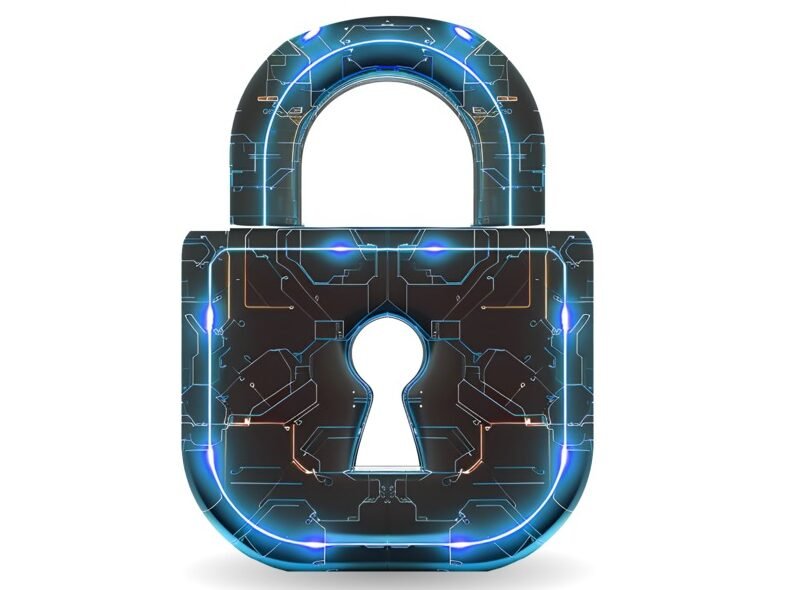Client: School Board
Sector: Security, Technology My Role: Full Product Design (Research, Prototyping, UI/UX Design, Testing)
Project Time: 3 months

LockView – The live monitoring and control feature for locks
LockView is a smart security system designed to transform door-locking solutions for homes, schools, and large buildings. With a focus on simplicity and efficiency, it allows users to monitor and control entry points remotely through a mobile interface, ensuring seamless access management and enhanced security.
Research Process:
The LockView research process focused on user needs, starting with interviews and surveys to identify key pain points like forgotten locks and unresponsive commands. Competitive analysis revealed usability gaps, while experience mapping and personas helped refine user goals across homes and large facilities. Iterative prototyping and usability testing ensured a balance between robust security and an intuitive interface. The final design prioritized clarity, accessibility, and seamless remote access, creating a user-friendly, safety-driven solution.

1. Problem Statement
Security systems are safety-critical, but door-locking mechanisms play a particularly vital role in protecting users and their property from dangers such as break-ins, robberies, and unauthorized entry. However, traditional locking systems present several challenges:
- Unresponsive commands leading to frustration and security risks.
- Unintended activation without user knowledge.
- Forgetting to lock doors, especially when away from home.
- Lack of remote awareness, making it impossible to check security status while out.
With increasing security concerns, users need a seamless and reliable way to monitor and control their entry points remotely without adding unnecessary complexity.
2. Research & Insights
User Research
Methodology:
- Interviews & Surveys (20+ participants across home and facility security users)
- Observational Studies (Analyzing how users interact with existing systems)
- Competitive Analysis (Comparing industry leaders and their usability gaps)
Key Findings:
- Cognitive Load: Users found existing systems cumbersome, requiring too many steps for basic security tasks.
- Accessibility Gaps: Lack of voice commands, visual status indicators, and real-time feedback caused usability issues.
- Security Concerns: Users worried about accidental lockouts and unauthorized access.
- User Preferences: A majority preferred mobile-based controls over keypads or physical keys.
Competitor Analysis
| Feature | Competitor A | Competitor B | LockView (Solution) |
|---|---|---|---|
| Remote Access | ✅ | ✅ | ✅ (Seamless with instant feedback) |
| Voice Control | ❌ | ✅ | ✅ (Enhanced accessibility) |
| Multi-User Access | ❌ | ✅ | ✅ (Customizable permissions) |
| Real-time Alerts | ✅ | ❌ | ✅ (Instant notifications & logs) |
3. Experience Mapping & Personas
Experience Mapping
- Tracked user interactions from lock installation to daily use to identify pain points in setup complexity and error recovery.
Personas
- Alex (Homeowner, 42): Needs a simple, worry-free way to control locks remotely.
- Jordan (Facility Manager, 35): Manages multiple access levels and needs clear logs.
- Lena (Renter, 28): Requires temporary access features for guests without compromising security.
Insights Applied:
- Simplified onboarding to reduce the learning curve.
- One-tap commands & real-time confirmation to minimize user errors.
- Custom access roles for flexible security control.

4. Design & Wireframing
The LockView prototype enables users to monitor and control all entry points remotely via their mobile devices.
Key Features:
Activity Log: Users receive detailed event tracking, such as motion detection times and security alerts.
Bird’s-eye view of the building layout to visualize all entry points.
Live camera feed integration for real-time monitoring.
Tap-to-lock/unlock functionality for instant control.
Security Modes:
Unarmed Mode: Doors remain unlocked with basic monitoring.
Alert Mode: Doors remain open but motion detection is active.
Armed Mode: Doors are locked, and unauthorized activity triggers alerts.
Surveillance Mode: Automatically locks doors and provides full security reports.

5. Usability Testing & Iterations
Wireframing & UI Prototyping
- A mid-fidelity wireframe was developed based on usability testing insights to refine the design and improve user interaction.
- The prototype was iterated to ensure clear navigation, instant feedback, and error prevention.
Usability Testing
- Success Rate: 90% of participants completed security tasks without confusion.
- Pain Points Addressed:
- Introduced “Lock Status” visibility for real-time awareness.
- Added haptic & audio feedback for confirmation.
- Simplified guest access-sharing process

Evaluation and Design Improvements
User testing played a critical role in refining the LockView prototype. Using tools like the System Usability Scale (SUS) and Post-Study System Usability Questionnaire (PSSUQ), we gathered valuable feedback on functionality, usability, and user satisfaction. These insights revealed key areas for improvement, particularly in error recovery and guiding users through critical actions.


8. Conclusion
The research-driven approach in LockView was essential in uncovering key usability and security challenges that impact users’ confidence in digital lock systems. Through a mix of interviews, surveys, and competitive analysis, we identified critical pain points and iterated solutions that prioritize both security and ease of use. Usability testing played a pivotal role in refining the interface, ensuring that the final design is both accessible and intuitive. The findings from this project highlight the importance of user-centered security design, paving the way for future innovations in smart lock technology that better meet user needs and expectations.